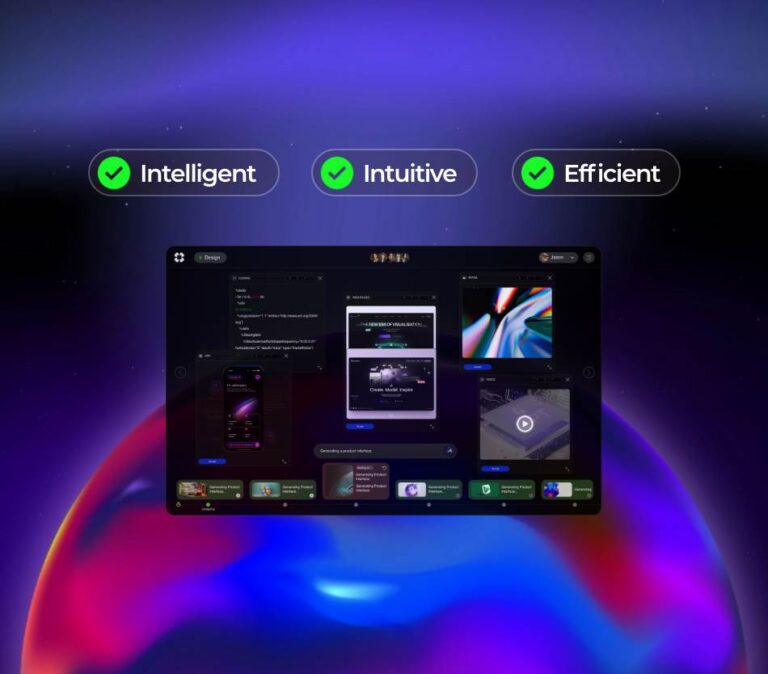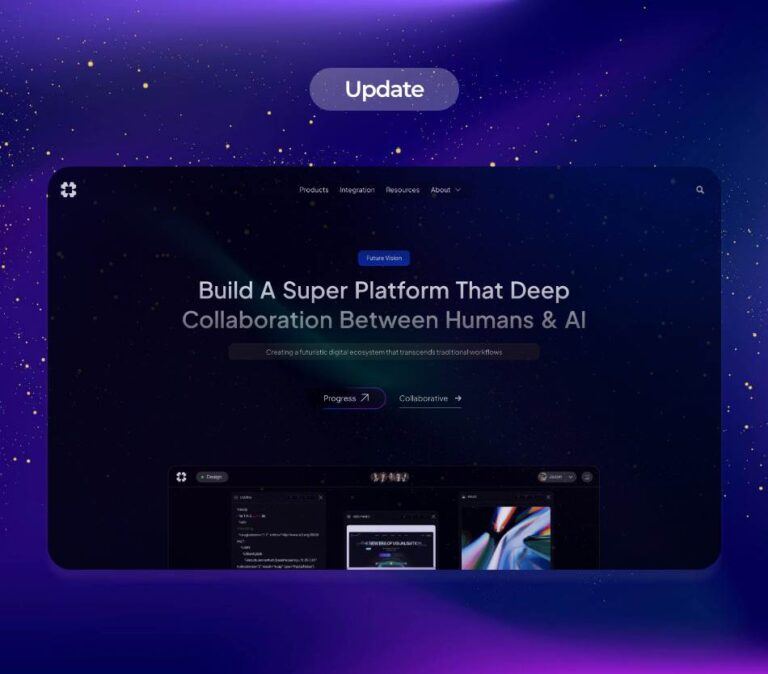In an era where Artificial Intelligence (AI) is no longer a futuristic concept but a daily reality, large models like OpenAI’s ChatGPT are leading the charge in transforming industries. These AI large models offer unprecedented capabilities in task management, customer support, content creation, and more. In this article, we’ll explore the trends, applications, and insights into AI large models’ role, focusing on task management and their wider industry implications.
## The Rise of AI Large Models
AI large models, characterized by their vast neural networks and ability to process enormous datasets, are revolutionizing how we handle various tasks. They employ a process known as transfer learning, which allows them to leverage knowledge gained from one task to improve performance on another. With the advent of models like ChatGPT, organizations are harnessing the power of these tools to streamline operations and enhance productivity.
According to a report by the McKinsey Global Institute, organizations that adopt AI into their operations stand to increase their productivity significantly—estimated at up to 40% by 2035 (McKinsey, 2023). This potential has led to increased investments in AI technologies, with companies looking to integrate them into their workflow to gain a competitive edge.
## AI Task Management: Redefining Efficiency
One of the most significant applications of AI large models is in task management. Traditional methods of managing tasks can often lead to inefficiencies, missed deadlines, and miscommunication within teams. AI task management tools can analyze workloads, prioritize tasks, and even predict project bottlenecks before they become issues.
### Streamlining Workflows with AI
AI task management systems leverage natural language processing (NLP) capabilities to interact with team members and stakeholders. For instance, tools powered by ChatGPT can understand queries in natural language, allowing users to assign tasks, request updates, or query project timelines without navigating through complex interfaces. This interaction reduces friction and enhances cooperation among team members.
A notable example is Asana, a popular project management tool that has begun integrating AI features to provide smart recommendations for workload distribution. Using machine learning algorithms, Asana now offers suggestions on how to optimize team capacity while effectively managing deadlines (Asana Blog, 2023).
### Automating Repetitive Tasks
Many companies are utilizing AI to automate repetitive tasks that often consume valuable employee time. By taking over these mundane activities, AI enables employees to focus on more strategic elements of their work. For example, AI models can automatically schedule meetings based on a team’s calendar availability while also factoring in time zone differences, thus eliminating the back-and-forth emails typically associated with scheduling.
AI-powered chatbots, exemplified by ChatGPT, can engage with employees and clients, fielding queries and resolving issues without human intervention. This automation reduces response times and improves customer satisfaction, ultimately reflecting positively on the organization.
## ChatGPT: The Game-Changer for Business Communication
ChatGPT has gained prominence as a versatile tool within corporate communications. Its ability to churn out coherent and contextually relevant responses makes it ideal for a variety of applications, including drafting emails, creating reports, and providing real-time feedback.
### Crafting Content Efficiently
In content-heavy industries, the demand for rapid content generation is immense. ChatGPT can help organizations generate substantial content volumes with minimal human input. For instance, marketing teams use ChatGPT for brainstorming ideas, creating blog posts, and preparing social media content. This not only saves time but also maintains a consistent brand voice across various platforms.
Many companies, including HubSpot, have started integrating AI-assisted content tools into their marketing workflows. They have reported dramatic decreases in content production times and improvements in engagement rates (HubSpot, 2023).
### Enhancing Customer Service with Conversational AI
The integration of ChatGPT across customer service platforms has resulted in enhanced customer engagement. By providing users with an interactive chat interface, businesses can address inquiries instantly, driving customer satisfaction and loyalty.
Organizations such as Shopify have adopted ChatGPT-driven chatbots to handle customer inquiries 24/7, significantly reducing wait times and freeing up human agents to handle more complex inquiries. According to a study by A2P Messaging, businesses that have adopted AI in customer service see a 30% improvement in customer satisfaction scores (A2P Messaging, 2023).
## Technical Insights: Challenges and Considerations
While the transformation driven by AI large models like ChatGPT is promising, organizations must also consider the challenges that accompany their deployment. For instance, issues concerning data privacy and the ethical use of AI remain significant. Organizations must ensure compliance with regulations such as GDPR while leveraging AI effectively.
### Training and Development
To maximize the benefits of AI large models, organizations must invest in training their employees to utilize these tools effectively. Although the models are intuitive, understanding their limitations and capabilities through proper training can significantly improve productivity and efficiency.
Moreover, AI models require constant updates and fine-tuning to respond accurately to evolving business needs. Organizations must be prepared to invest time and resources into maintaining these systems to ensure they deliver optimal performance.
### Return on Investment (ROI)
Determining the ROI from AI implementations can be complex. While the initial costs of AI technologies can be high, organizations must focus on long-term gains, such as productivity and operational efficiency. In many cases, the increased efficiency found in task management and customer engagement initiatives can lead to substantial cost savings over time.
## Use Cases: Transformations Across Industries
The influence of AI large models is felt across many industries, illustrating their universal applicability. Below are some noteworthy use cases from different sectors:
### Healthcare
In the healthcare industry, AI large models assist in diagnostic tasks, enabling more accurate disease prediction and management. Hospitals are using AI to analyze patient data and predict potential health risks, leading to early interventions that improve patient outcomes. ChatGPT can help medical professionals streamline administrative tasks, reducing the burden of paperwork.
### Finance
In finance, AI technology plays a crucial role in risk management and fraud detection. AI models evaluate vast amounts of transactional data in real-time, identifying anomalies that might suggest fraudulent activities. Financial institutions are adopting ChatGPT to assist customers with inquiries related to their accounts, creating a more responsive customer experience.
### Education
The education sector uses AI to personalize learning experiences for students. AI large models can analyze students’ performance and tailor educational materials to suit individual learning needs. Institutions are employing ChatGPT in tutoring applications, providing students with instant feedback and support outside classroom hours.
## Conclusion: Embracing the AI Future
The integration of AI large models into task management systems and industry applications reveals a transformative shift that can enhance productivity, creativity, and customer engagement. With tools like ChatGPT, organizations will inevitably redefine their workflows and communication strategies.
However, as with all technological advancements, it’s essential to approach AI responsibly—addressing ethical considerations, ensuring data privacy, and investing in proper training are crucial components of successful AI integration. As we navigate this rapidly evolving landscape, organizations that embrace AI large models will find themselves perfectly positioned for success in the years to come.
### References
1. McKinsey Global Institute. (2023). AI and Productivity.
2. Asana Blog. (2023). The Next Generation of Project Management with AI.
3. HubSpot. (2023). How to Harness AI for Content Efficiency.
4. A2P Messaging. (2023). AI in Customer Service: Trends and Insights.
Through ongoing innovation and careful implementation, the future of task management and across industries looks bright, with the promise of AI paving the way for new possibilities and capabilities.






